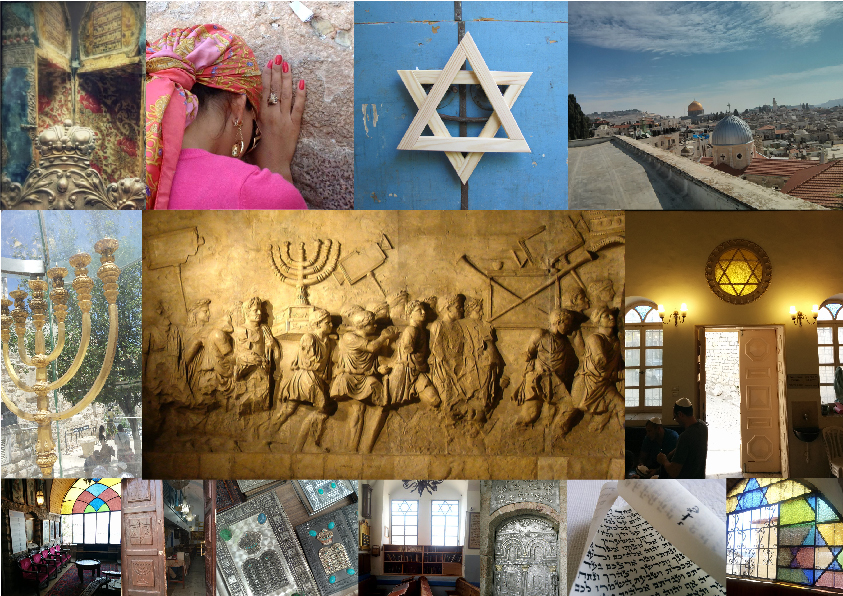-
×
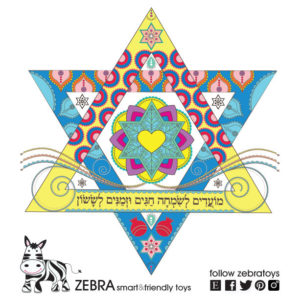 Boho Chic-Jewish Star Print-Rosh Hashanah-Digital wall Décor-Printable-Hanging poster-INSTANT DOWNLOAD-Healing Meditation-Art Faith Power
1 × $18.00
Boho Chic-Jewish Star Print-Rosh Hashanah-Digital wall Décor-Printable-Hanging poster-INSTANT DOWNLOAD-Healing Meditation-Art Faith Power
1 × $18.00 -
×
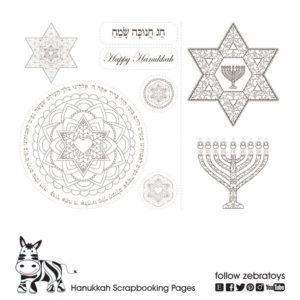 Happy Hanukkah Scrabooking Page-Menorah Star of David-Paper Crafts-Print & Color-Mixed Media Art-Printable Digital Supplies-INSTANT DOWNLOAD
1 × $15.55
Happy Hanukkah Scrabooking Page-Menorah Star of David-Paper Crafts-Print & Color-Mixed Media Art-Printable Digital Supplies-INSTANT DOWNLOAD
1 × $15.55 -
×
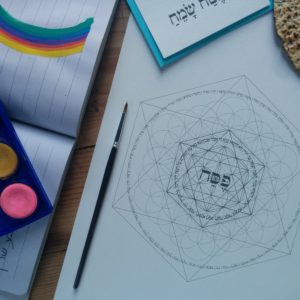 Passover Seder Haggadah Prayer Coloring Page-The Flower Of Life-Pesach Seder-Octahedron Sacred Geometry-Jewish Art-Judaica-INSTANT DOWNLOAD
2 × $15.55
Passover Seder Haggadah Prayer Coloring Page-The Flower Of Life-Pesach Seder-Octahedron Sacred Geometry-Jewish Art-Judaica-INSTANT DOWNLOAD
2 × $15.55 -
×
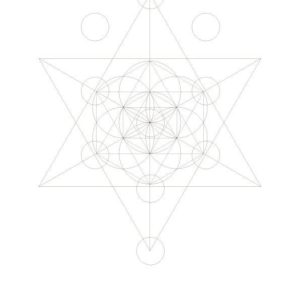 The Seeds Of Life Ten Sefirot Star-5780 MENORAH COLLECTION-Jewish Art-Symbol-Most Sacred Symbol in Judaism-Pdf Coloring Page Design-HALELUYA
1 × $15.55
The Seeds Of Life Ten Sefirot Star-5780 MENORAH COLLECTION-Jewish Art-Symbol-Most Sacred Symbol in Judaism-Pdf Coloring Page Design-HALELUYA
1 × $15.55 -
×
 Hamsa Jewish House Protection-Digital Printable-Downloadable Coloring Prints-Diy Blessing-How To Make Soul Art Wall Decor-INSTANT DOWNLOAD
1 × $15.55
Hamsa Jewish House Protection-Digital Printable-Downloadable Coloring Prints-Diy Blessing-How To Make Soul Art Wall Decor-INSTANT DOWNLOAD
1 × $15.55 -
×
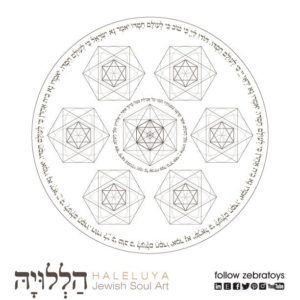 Passover Seder Plate Coloring Page-Matzah Blessing-Haggadah Prayer-Pesach Plates-Sacred Geometry Symbols-Jewish Art-Judaica-INSTANT DOWNLOAD
2 × $15.55
Passover Seder Plate Coloring Page-Matzah Blessing-Haggadah Prayer-Pesach Plates-Sacred Geometry Symbols-Jewish Art-Judaica-INSTANT DOWNLOAD
2 × $15.55 -
×
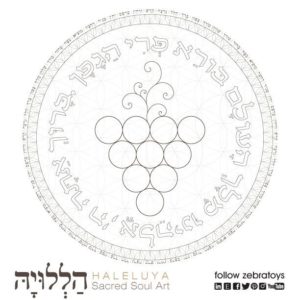 Borei Pri Hagafen Blessing-Wine Passover Haggadah KADESH Prayer-Coloring Page Printable-kiddish Prayer-Pesach kiddush-INSTANT DOWNLOAD
3 × $15.55
Borei Pri Hagafen Blessing-Wine Passover Haggadah KADESH Prayer-Coloring Page Printable-kiddish Prayer-Pesach kiddush-INSTANT DOWNLOAD
3 × $15.55 -
×
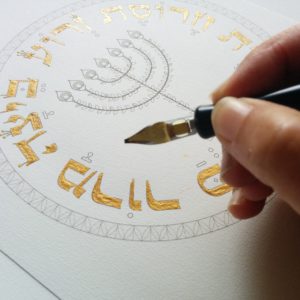 Passover Coloring Book-10 Coloring Pages-Ten Commandments-Seder Plate-Star of David-Art activity-Passover Decorations-INSTANT DOWNLOAD
1 × $35.55
Passover Coloring Book-10 Coloring Pages-Ten Commandments-Seder Plate-Star of David-Art activity-Passover Decorations-INSTANT DOWNLOAD
1 × $35.55 -
×
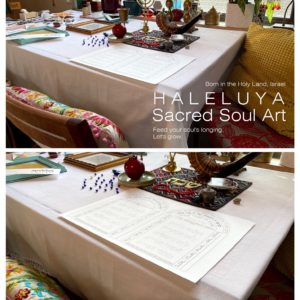 Ten Commandments-Judaica-Jewish Art-Coloring Page Printable-Judaism Values-Biblical Principles-Hebrew Ethics Activities-INSTANT DOWNLOAD
1 × $18.55
Ten Commandments-Judaica-Jewish Art-Coloring Page Printable-Judaism Values-Biblical Principles-Hebrew Ethics Activities-INSTANT DOWNLOAD
1 × $18.55 -
×
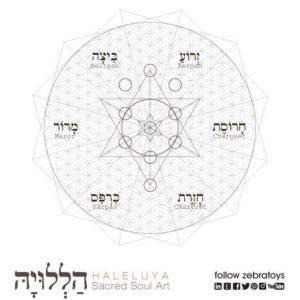 The Kabbalah Ten Sefirot Seder Plate Flower of Life Coloring Page-Jewish Art activity-Passover-Pesach Seder-Haggadah-Judaic-INSTANT DOWNLOAD
2 × $15.55
The Kabbalah Ten Sefirot Seder Plate Flower of Life Coloring Page-Jewish Art activity-Passover-Pesach Seder-Haggadah-Judaic-INSTANT DOWNLOAD
2 × $15.55 -
×
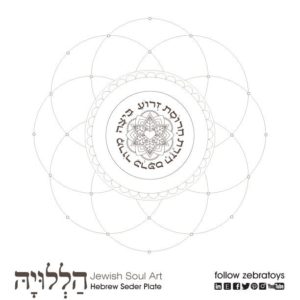 Hebrew Seder Plate-Passover Coloring Page-1 Printable Design-Haggadah-Jewish Art-Pesach Crafts Supplies-INSTANT DOWNLOAD by @zebratoys
2 × $15.55
Hebrew Seder Plate-Passover Coloring Page-1 Printable Design-Haggadah-Jewish Art-Pesach Crafts Supplies-INSTANT DOWNLOAD by @zebratoys
2 × $15.55 -
×
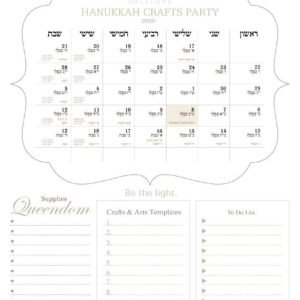 Kislev 5781 Calendar-Printable file-Hebrew Month-Hanukkah-Jewish Planner-Time Management-Poster A3-Easy to Print PDF format-INSTANT DOWNLOAD
1 × $18.55
Kislev 5781 Calendar-Printable file-Hebrew Month-Hanukkah-Jewish Planner-Time Management-Poster A3-Easy to Print PDF format-INSTANT DOWNLOAD
1 × $18.55 -
×
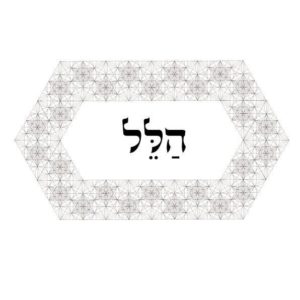 The Hallel-הלל-Psalms 113–118-Holy days Prayer-Coloring page-Printable Design-Healing Faith Frequencies-Jewish Art-Judaica-INSTANT DOWNLOAD
1 × $15.55
The Hallel-הלל-Psalms 113–118-Holy days Prayer-Coloring page-Printable Design-Healing Faith Frequencies-Jewish Art-Judaica-INSTANT DOWNLOAD
1 × $15.55 -
×
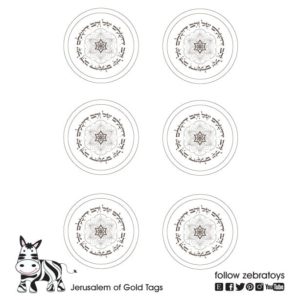 Jerusalem of Gold-Hebrew Peace Blessing-Coloring Tags-Jewish Art Projects Printable-DIY-Jewish Arts Crafts-Scrapbooking-INSTANT DOWNLOAD
1 × $15.55
Jerusalem of Gold-Hebrew Peace Blessing-Coloring Tags-Jewish Art Projects Printable-DIY-Jewish Arts Crafts-Scrapbooking-INSTANT DOWNLOAD
1 × $15.55 -
×
 Bohemian Scrapbook Mandalas-Scrapbooking Printable Page-Boho Chic Theme-Printing Supplies Online-INSTANT DOWNLOAD-Digital Page-How to Make
1 × $5.00
Bohemian Scrapbook Mandalas-Scrapbooking Printable Page-Boho Chic Theme-Printing Supplies Online-INSTANT DOWNLOAD-Digital Page-How to Make
1 × $5.00 -
×
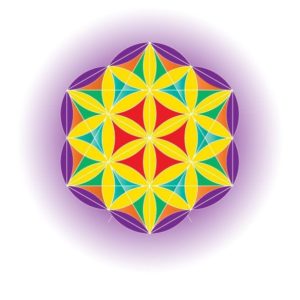 Sacred Geometry Soul Art Poster Print-Ancient Symbols-Secret Elements-A4 Paper Design-Seed of Life Printable-INSTANT DOWNLOAD by @HALELUYA
2 × $25.55
Sacred Geometry Soul Art Poster Print-Ancient Symbols-Secret Elements-A4 Paper Design-Seed of Life Printable-INSTANT DOWNLOAD by @HALELUYA
2 × $25.55 -
×
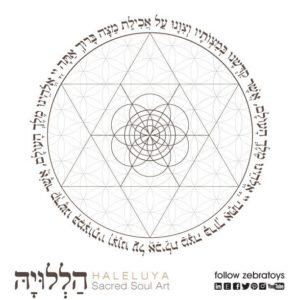 Matzah Blessing Passover Seder Coloring Page-Pesach Haggadah Prayer-Sacred Geometry-The Star of David-Jewish Art-Judaica-INSTANT DOWNLOAD
1 × $15.55
Matzah Blessing Passover Seder Coloring Page-Pesach Haggadah Prayer-Sacred Geometry-The Star of David-Jewish Art-Judaica-INSTANT DOWNLOAD
1 × $15.55 -
×
 Geometric Page-Sacred Geometry Symbols-Elements-Balance Emotions Print-Coloring Art Printable-INSTANT DOWNLOAD HALELUYA
2 × $15.55
Geometric Page-Sacred Geometry Symbols-Elements-Balance Emotions Print-Coloring Art Printable-INSTANT DOWNLOAD HALELUYA
2 × $15.55 -
×
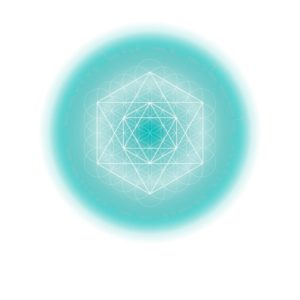 Inner Peace Healing Love Frequencies Print-Sacred Geometry Soul Art-Geometric Symbols-Secret Elements-A4 Printable Design-INSTANT DOWNLOAD
1 × $25.55
Inner Peace Healing Love Frequencies Print-Sacred Geometry Soul Art-Geometric Symbols-Secret Elements-A4 Printable Design-INSTANT DOWNLOAD
1 × $25.55 -
×
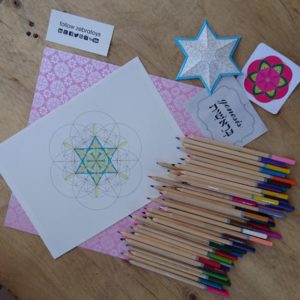 Flower of Life Seed Octahedrons-Sacred Geometry Symbols-Secret Element-Coloring Page Printable-INSTANT DOWNLOAD by @HALELUYA Sacred Soul Art
1 × $15.55
Flower of Life Seed Octahedrons-Sacred Geometry Symbols-Secret Element-Coloring Page Printable-INSTANT DOWNLOAD by @HALELUYA Sacred Soul Art
1 × $15.55 -
×
 Star Décor-Paper Template-3D David Star Decoration-Craft Homemade Ornaments-DIY Handcrafted-Blank Crystals-Printable-Sacred-INSTANT DOWNLOAD
1 × $28.55
Star Décor-Paper Template-3D David Star Decoration-Craft Homemade Ornaments-DIY Handcrafted-Blank Crystals-Printable-Sacred-INSTANT DOWNLOAD
1 × $28.55 -
×
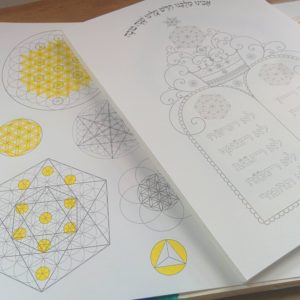 Ten Commandments-Chadesh aleinu shanah tovah-Judaica-Jewish Art-Coloring Page Printable-Judaism Values-Biblical Principles-INSTANT DOWNLOAD
1 × $15.55
Ten Commandments-Chadesh aleinu shanah tovah-Judaica-Jewish Art-Coloring Page Printable-Judaism Values-Biblical Principles-INSTANT DOWNLOAD
1 × $15.55 -
×
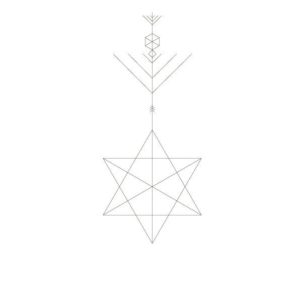 The Menorah Star of David-5780 MENORAH COLLECTION-Jewish Art-Holy symbols-Most Sacred Symbol in Judaism-Pdf Coloring Page Design-HALELUYA
1 × $15.55
The Menorah Star of David-5780 MENORAH COLLECTION-Jewish Art-Holy symbols-Most Sacred Symbol in Judaism-Pdf Coloring Page Design-HALELUYA
1 × $15.55 -
×
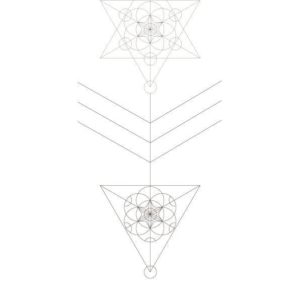 Ten Sefirot with Triangle Menorah-5780 MENORAH COLLECTION-Jewish Art-Symbol-Most Sacred Symbol in Judaism-Pdf Coloring Page Design-HALELUYA
1 × $15.55
Ten Sefirot with Triangle Menorah-5780 MENORAH COLLECTION-Jewish Art-Symbol-Most Sacred Symbol in Judaism-Pdf Coloring Page Design-HALELUYA
1 × $15.55
Subtotal: $558.50


